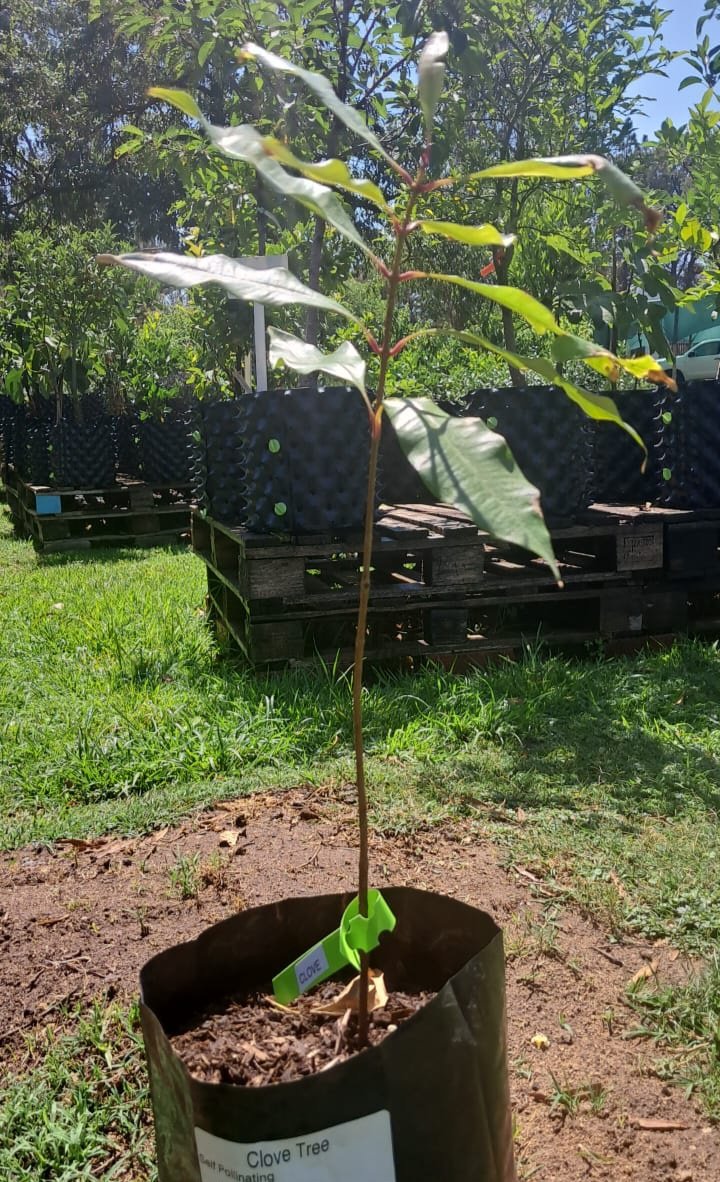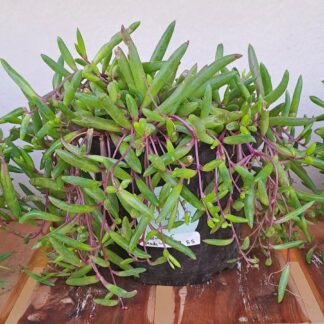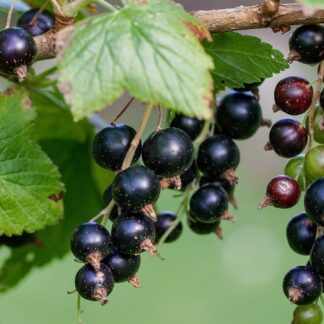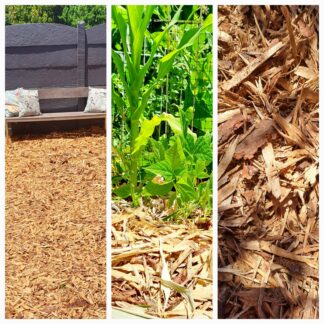Description
Caring for Your Clove Tree: From Seedling to Mature Tree
A clove tree (Syzygium aromaticum) is a prized addition to any garden, celebrated for its glossy evergreen leaves and aromatic flower buds. With origins in the tropics, this slow-growing tree needs a little extra care to flourish. Here’s how to nurture your young clove tree from seedling to full maturity.
- Settling In: The First Few Weeks
Location: Place your young clove tree in a warm, humid environment with filtered sunlight. Indoors near a bright window or a greenhouse is ideal.
Repotting: If the tree is in a nursery pot, transfer it to a slightly larger container with good drainage. Use a rich, loamy potting mix with added compost.
Watering: Keep the soil evenly moist but not soggy. Water when the top 2–3 cm of soil feels dry.
Humidity: Mist the tree daily or place it on a humidity tray to maintain the high humidity levels clove trees thrive in.
- Supporting Early Growth
Light: Clove trees prefer dappled sunlight or partial shade. Avoid harsh direct sunlight, especially for young plants.
Feeding: Start with a diluted liquid fertilizer (10-10-10 NPK) every 4–6 weeks during the growing season. As the tree grows, switch to a slow-release fertilizer.
Staking: If the stem appears weak, stake it gently with a small support to encourage upright growth.
- Preparing for Outdoor Planting
Timing: Wait until the tree is at least 60–90 cm tall and well-established, which may take 1–2 years.
Hardening Off: Gradually acclimate the tree to outdoor conditions by exposing it to filtered sunlight and mild temperatures for a few hours daily over 1–2 weeks.
Site Selection: Choose a sheltered location with rich, well-draining soil. Ensure the area gets partial sunlight and is protected from strong winds.
- Planting Your Clove Tree
Digging the Hole: Dig a hole twice as wide and as deep as the root ball. Loosen the soil and mix in compost or well-rotted manure.
Planting: Place the tree in the hole so the root collar (where the trunk meets the roots) is level with the ground. Backfill and water thoroughly.
Mulching: Apply a 5–10 cm layer of organic mulch around the base to retain soil moisture and regulate temperature. Keep the mulch away from the trunk to prevent rot.
- Long-Term Care
Watering: Clove trees need consistent moisture. Water deeply 1–2 times a week, increasing during dry spells. Avoid waterlogging.
Fertilizing: Use a balanced, slow-release fertilizer every 3–4 months. Add organic compost annually to enrich the soil.
Pruning:
Lightly prune to remove dead or damaged branches.
Shape the tree to encourage airflow and even canopy growth.
Pest and Disease Management: Clove trees are relatively pest-resistant but may attract aphids, scale insects, or fungal issues in humid conditions. Inspect regularly and treat with organic methods as needed.
- Flowering and Harvesting Cloves
When to Expect Flowers: Clove trees begin flowering at 5–7 years of age, producing clusters of small, fragrant buds.
Harvesting Cloves:
Pick flower buds before they open and turn pink, as this is when they are most aromatic.
Dry the buds in the sun until they turn dark brown.
A clove tree is a stunning and functional addition to your garden, offering beauty and the joy of harvesting your own aromatic spice. With proper care and patience, it will reward you for years to come!







Reviews
There are no reviews yet.